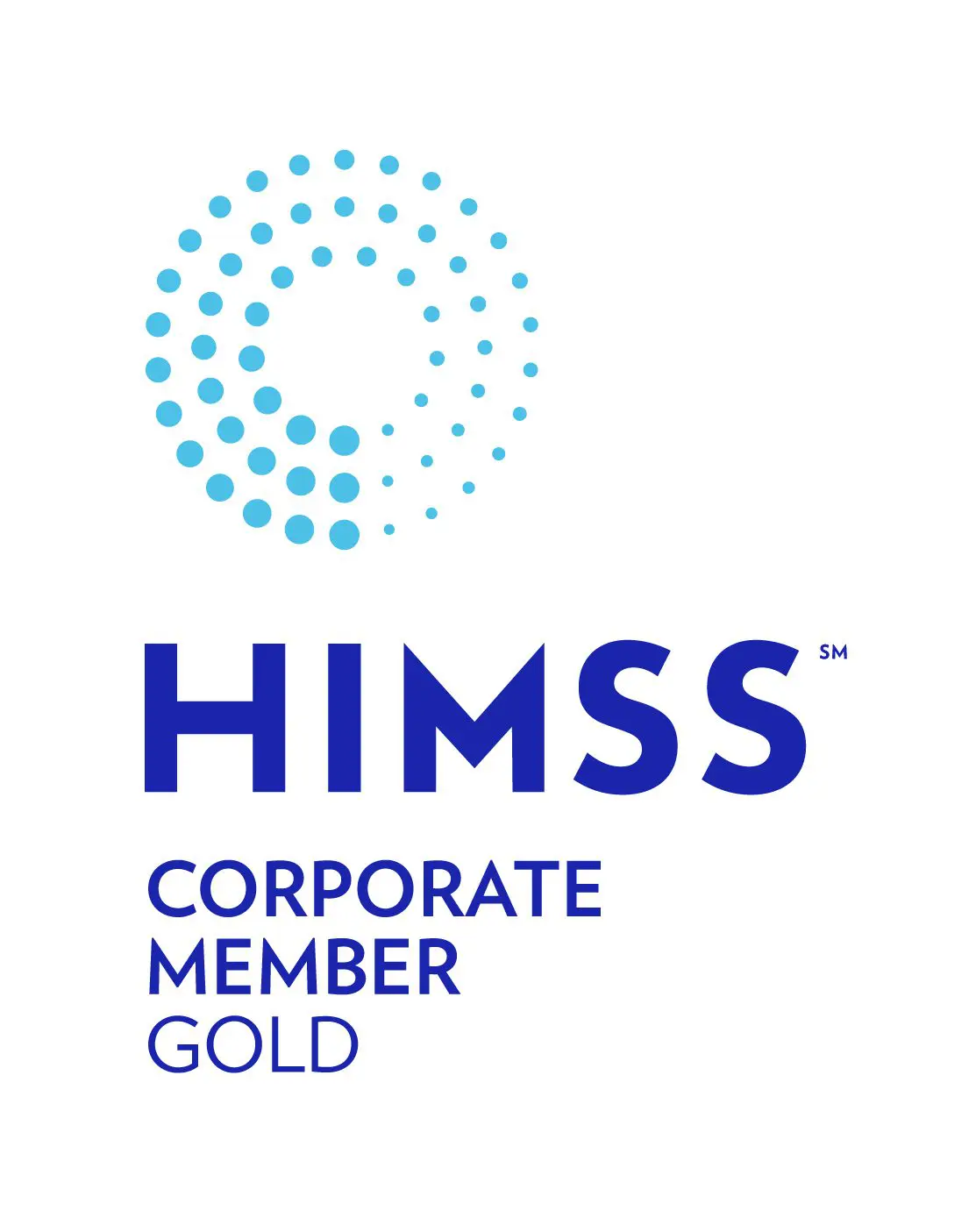
One of the biggest challenges in healthcare IT is to evaluate and deploy the right balance of systems and applications for the organization. In healthcare and other industries, mainframe systems have historically carried a heavy workload to store, manage and process data. However, their place in the current and future IT environment is being evaluated.
Over the past twenty years there have been shifts toward virtualization solutions like VMware and Hyper-V that allow multiple operating systems on the same hardware. According to IBM, virtualization allows more efficient utilization of physical computer hardware and is the foundation of cloud computing. There can be cost savings, increased efficiency, improved security, and other benefits of using virtualization software. The Virtualization Software Market size is expected to grow from 86.39 billion in 2023 to 135.82 billion in 2028, at a Compound Annual Growth Rate (CAGR) of 9.47 percent.
That said, there still is some demand for mainframe systems with a current market size valued at 71.9 million USD in 2022 with an expected growth to 116.6 million by 2032, a CAGR of 4.7 percent.
Instead of replacing mainframe systems, some businesses are looking at database modernization to extend the functionality by linking mainframes to emerging technologies.
What is a Mainframe?
A mainframe is a large, powerful computer system that businesses and governments use to store, manage and process data. They are known to be stable and secure workhorses.
The first mainframe was developed in the 1930s, with IBM unveiling its commercial computer called the Univac 1 in 1964. Today, mainframes are used by 71 percent of Fortune 500 companies and 9 of the top 10 global life and health insurance companies.
Across all industries, 75 percent of business and IT executives say mainframes have long-term viability. However, some of these mainframe systems may not be fit without adapting for the future.
What are the issues with modernizing mainframes in healthcare?
In a recent Deloitte Consulting LLP report a CIO for a health insurance and care provider commented on mainframes: The things they do are good, just not good enough. But with layers, web services and applications, we can enlarge and bring new data and insights to our medical staff.
Some organizations are looking at upleveling their mainframes to better serve their current and future needs. However, this option can be met with high costs, project risks and internal resource limitations.
Five issues to consider in a database modernization project include:
-
Shrinking pool of mainframe talent.
About 60 percent of mainframe technology specialists are over the age of 50 and they are not being replaced with a new wave of technologists with the skill set to carry on.
-
Protection and recovery.
Historically, mainframes are known for their security features; however, cybersecurity attacks today focus on any and all areas to cripple healthcare organizations. In preparation, some mainframe-based organizations are retiring older tape-based backup systems in favor of cloud-based storage. This could reduce the recovery time after an attack or even a technical failure as the organization can recover only those datasets that were affected.
-
Technical obsolescence.
With the evolving demands on health IT solutions, mainframes do have some limitations with some applications that cannot be moved to the cloud due to cost or system dependencies. Mainframes are known for tasks like payroll processing, transaction recording and insurance underwriting.
-
Web and mobile access.
With Cures Act requirements to provide patient access to their data through a patient portal. Integration of healthcare mainframe modernization systems with cloud-based technologies could be the best option.
-
Data locations.
In healthcare, patient, insurance, and payment data resides in different locations and on different platforms. This presents challenges to users who need this information and the IT organization tasked with delivering it.
Challenges noted, mainframes can be a platform for innovation and modernization efforts.
Mainframes are at the core of technology strategy in many healthcare organizations, primarily insurers. Mainframe modernization in healthcare offers control over sensitive data, which can help organizations move faster, collaborate effectively and maintain compliance. One of the biggest benefits of healthcare mainframe modernization is cost reduction. Upgrading and modernizing a legacy mainframe by using a more modern application platform, can result in a 40 percent reduction in operating expenses.
When to Streamline With an Active Archive.
As healthcare teams continue to make forward-looking decisions about which hardware and applications they will utilize in the near and long-term, an archive is a valuable solution to keep in the mix. As organizations think through how to best use mainframes, cloud-based virtualization solutions, etc., there may be decisions to sideline applications and decommission data silos. When that happens, an active archive like HealthData Archiver® can be included to ensure ongoing, simple access to legacy patient, employee or business records that must be retained to meet compliance regulations.
There are many cost, security and workflow efficiencies that can be realized with including an archive solution in a legacy data management plan. Another benefit is that archived records are activated for interoperability with other systems, entities or patients via HealthData Integrator®, which provides a set of tools or APIs based on common industry standards such as USCDI, FHIR, HL7, C-CDA, XML, or Direct.
Are you modernizing your hardware and application portfolio? Are there servers and applications that could be decommissioned, and the patient, employee and business records must be retained?
Our team can help you work through roadblocks and support the secure long-term management of protected health information.






